All about Dammer's cotoneaster
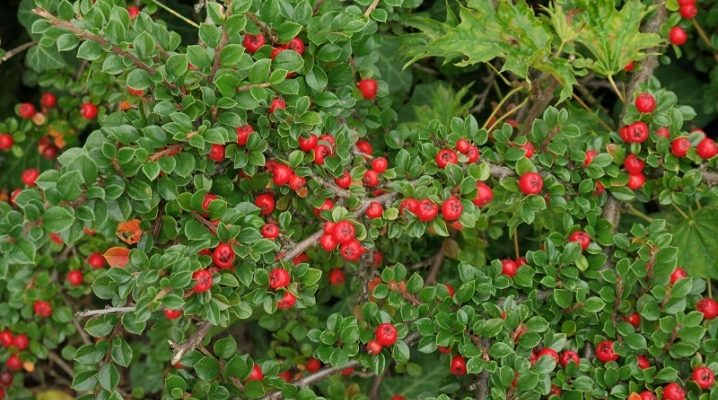
Flowers undoubtedly adorn every garden. However, it is not always possible to disguise ugly empty areas or pits. Here Dammer's cotoneaster comes to the rescue: it can be used to decorate a hedge, and lay a living carpet, and even attract pollinators. And, importantly, it practically does not require maintenance.
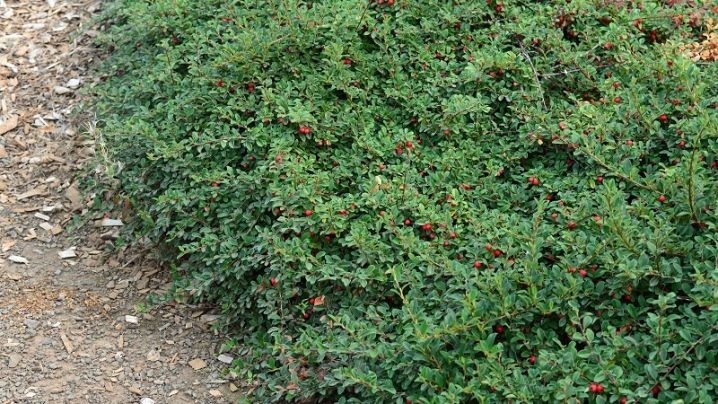
Shrub description
Dammer's cotoneaster is an evergreen shrub from the Rosaceae family up to 30 cm high. The name is given in honor of Udo Dammer, a German botanist. The closest relative of the plant is the apple tree. The first to catch the eye are elliptical dark green leaves 2 cm long. In summer they shine, and by autumn they turn red and yellow. And also the shrub has small white or light red flowers. It is during the flowering period that the cotoneaster is especially beautiful. The fragrant and beautiful flowers attract insects for pollination. And on the 7th year in September-October, bright red spherical fruits appear, which last until spring. Berries should not be eaten. The plant seems to spread on the ground, one shrub can grow up to one and a half meters. This allows the cotoneaster to be widely used in landscape design.
Grows in the mountainous areas of China. There he adapted to difficult conditions. It has amazing frost resistance, it does not need to be covered, since snow serves as protection. Does not require frequent watering and regular rain, but at the same time does not like too wet soil. For these reasons, it will feel wonderful in central Russia. However, it should be borne in mind that a cotoneaster may not withstand such a climate as in Siberia and the Far East.
Some gardeners claim that the shrub is so unpretentious that it can be "planted and forgotten." This is not entirely true, but the cotoneaster really does not require too much attention. Thus, it is perfect for hobbyists who do not want to spend a lot of time caring for plants.
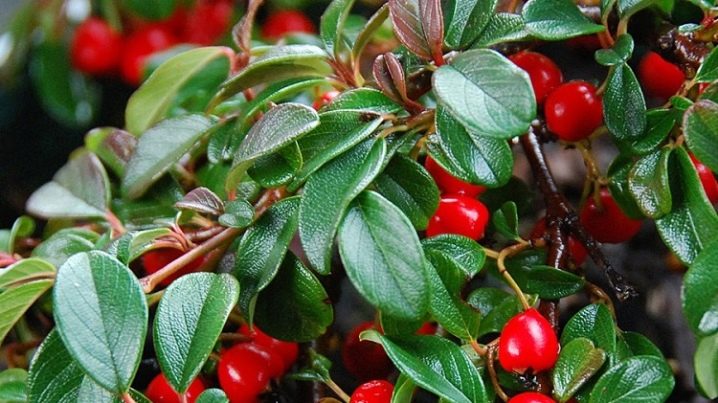
Varieties
Cotoneaster varieties differ in size and color, which allows them to be used in various design ideas. Let's take a closer look at some of the shrub varieties.
Major
The height of the Major cotoneaster is 10-15 cm. White flowers bloom in May-June, small light-red fruits ripen by autumn. Like all representatives of its species, it is resistant to frost and drought, unpretentious to the soil, but prefers abundant lighting. Lives for about 30 years, every year it grows by 7 cm in length and width.
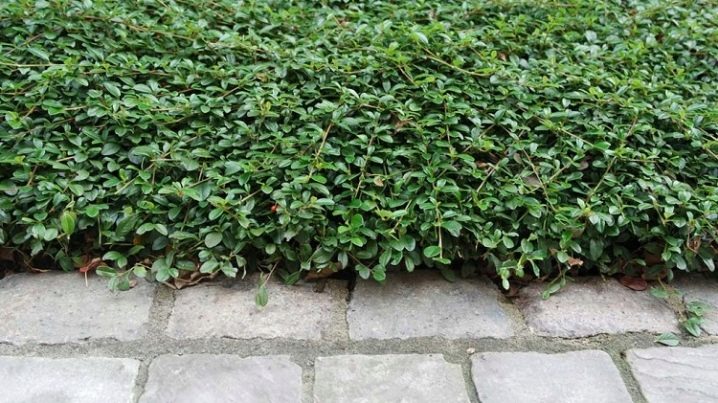
Eichholz
This variety grows up to only 25 cm in height, but it can extend in length over a distance of more than a meter. It has white flowers and bright green leaves. Unpretentious to growing conditions, but prefers sun or partial shade. Able to grow on rocky and sandy substrates.
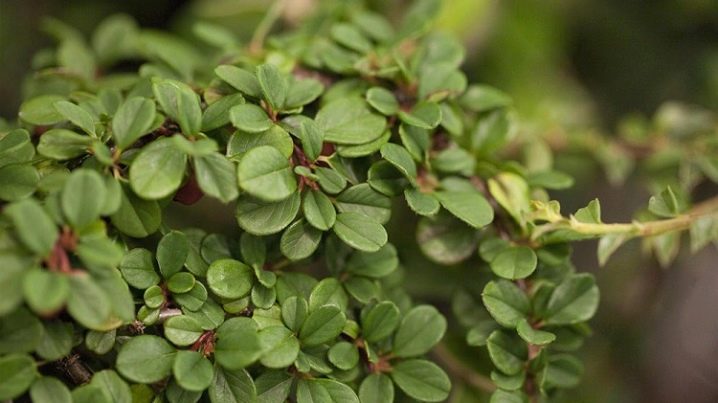
"Coral beauty"
This is a hybrid variety that was bred specifically for landscape design.... It grows intensively: up to 2 meters wide with a height of up to 60 cm. The bark has a reddish tint. It attracts many pollinating insects with its aroma, which helps its neighbors in the garden.
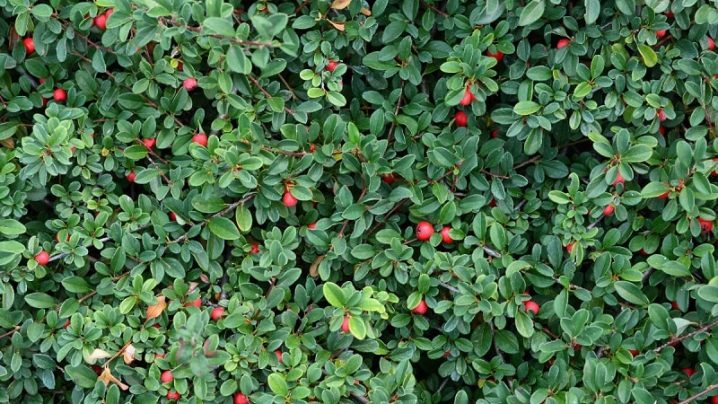
Skogholm
Cotoneaster Dammer Skogholm has dark green shiny small leaves ranging in size from 1.5 to 2 cm, it can be 1 to 1.5 m high and 2 to 2.5 m wide (can hang up to 3 m, arched shoots). The evergreen shrub looks very beautiful in bloom (in May): there are usually many flowers, they are very fragrant, white.The flowers can contrast with last year's orange-red berries - this is how this cotoneaster is especially decorative. Forms inedible fruits.
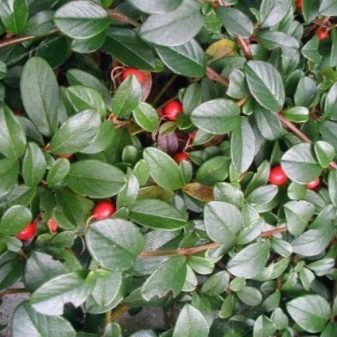
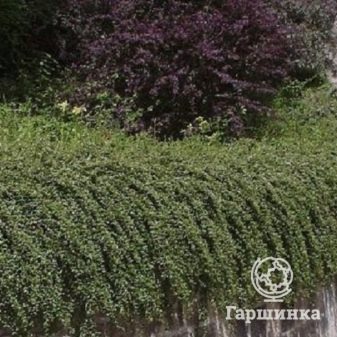
"Streibs Finding"
This shrub grows rather slowly, but it has beautiful white-pink flowers. It grows up to 10-15 cm in height. The shoots must be carefully cut, and in return the plant will delight the eye for a long time.

Planting and leaving
It is necessary to plant Dammer's cotoneaster in the spring or autumn, before the cold weather is too strong. Before planting, it is necessary to clear the place, as the shrub will begin to grow strongly. Care should be taken not to be disturbed by other plants and their roots. For better growth, it will not be superfluous to fertilize the soil with potash-phosphorus mixtures and compost. You can also use peat, humus and lime.
The cotoneaster does not like a lot of moisture, so you need to take care that the groundwater does not lie higher than 2 meters. It will be appropriate to install drainage, as sensitive roots can quickly rot.
For planting, seedlings are used. It is necessary to dig a hole of 50x50 cm. A drainage must first be installed to drain excess liquid: broken brick or pebbles are laid out on the bottom of the depression, and fertilized earth is poured out on top. Now you can place a seedling here and bury it. The root collar must be flush with the surface - this is very important, otherwise the plant will die. The distance between the seedlings is at least 50 cm.
Now let's take a look at the post-care of the plants. A shrub grows better when fertilized. For this, organic fertilizers (humus) are suitable, and nitrogen fertilizers are added in the spring. In summer, phosphate and potash fertilizers are applied. Regarding watering, a cotoneaster does not need a lot of water. Moreover, it is important to ensure that there is not too much moisture. Enough 8 liters for each shrub. Frequent watering is not required: on dry days, water should be watered twice a week, and if it rains, then once a month. The cotoneaster must be protected from weeds and the soil must be loosened regularly. You can also do peat mulching.
In winter, it is not required to cover the shrub, but you can bend the highest branches to the ground so that the young buds do not freeze. If Dammer's cotoneaster is used to create a hedge, the shoots should be pruned. It is especially important to remove frozen and obsolete parts. It is permissible to cut up to a third of the shoots. As a rule, they begin to do this when foliage appears.
To give a beautiful shape, two-year-old shoots are pinched at the point of growth. Small debris and dust are removed with a hose; cleaning the cotoneaster is helpful if it is planted for eye pleasure.
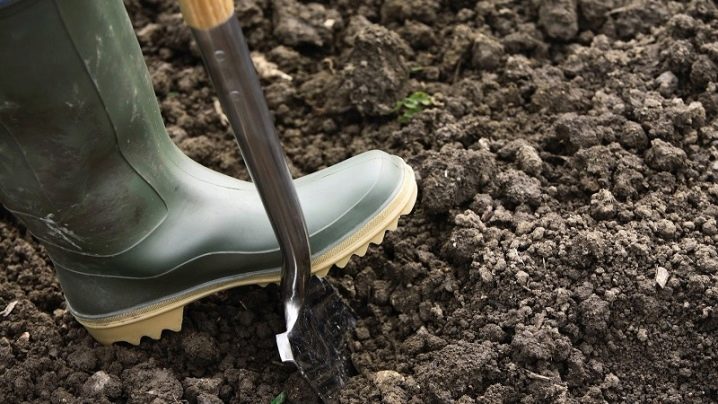
Reproduction
The shrub is most conveniently propagated by cuttings and seeds. Only mature and lignified shoots are suitable for cuttings, young ones will not grow. This can be done both in winter and in spring. The spring shoot is cut into small pieces (10-15 cm) and two internodes must be left. To get the root formed faster, you can place the cutting in a solution with a growth stimulator "Heteroauxin". Then they are sent to the greenhouse. A mixture of soil with turf or humus is pre-harvested, and clean sand is poured on top with a layer of 3-5 cm. Future plants are buried to a depth of 5 cm, and the boxes are stored in a greenhouse. When the cuttings are rooted, they can be planted in open ground. However, young cotoneaster trees should be covered for the first winter. Winter shoots must be stored in the basement under a layer of sand, and then cut in the spring.
The seeds for sowing are taken from the fruit of an adult plant. Then they are washed from the pulp, and defective seeds float to the surface of the water - they need to be removed. Cotoneaster seeds are planted in fertilized soil to a depth of 0.5-0.7 cm. Sand is placed on top with a layer of 1 cm. The shrub germinates for a long time, sometimes the first shoots appear only the next year. You need to be patient and take care of the crop. Water should be done carefully, and if the seeds come out, deepen again.
And you should also protect young plants from abundant light. When the first leaves appear, in spring or autumn, the seedlings are moved into open ground.

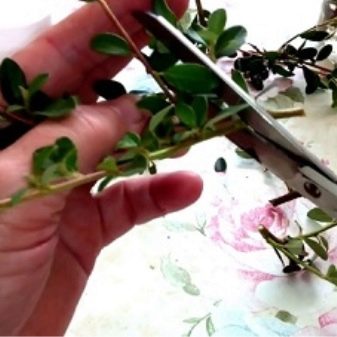
Use in landscape design
Depending on the varieties, Dammer's cotoneaster is used for different purposes. It can be both a delight for the eyes and a way to disguise ugly places on the site. Major is used to create green carpets, floorings. They can be used to fill ugly gaps in the garden, compost pits and areas of debris. In addition, it will be a good alternative to the lawn, as it requires much less maintenance.
Eicholz and Coral Beauty create beautiful green hedges and borders. They can be used not only for a home garden, but also for parks, city flower beds - plants feel great on rocky soils. "Eicholz" is widely used for landscaping slopes and hills due to its strong root system. Often, Dammer's cotoneaster is included in the rock gardens, and they also ennoble stony areas with it. Shoots can climb up the wall or simply grow to form a spectacular spot. During the flowering period, white or light red flowers bloom, which make the shiny leaves even more beautiful. And in the fall, the garden will be full of red beads. It turns out to be a delightful decoration!
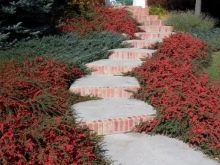
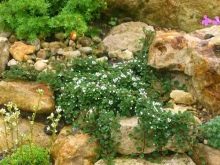
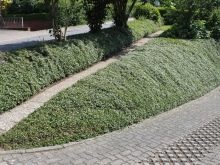

































































The comment was sent successfully.